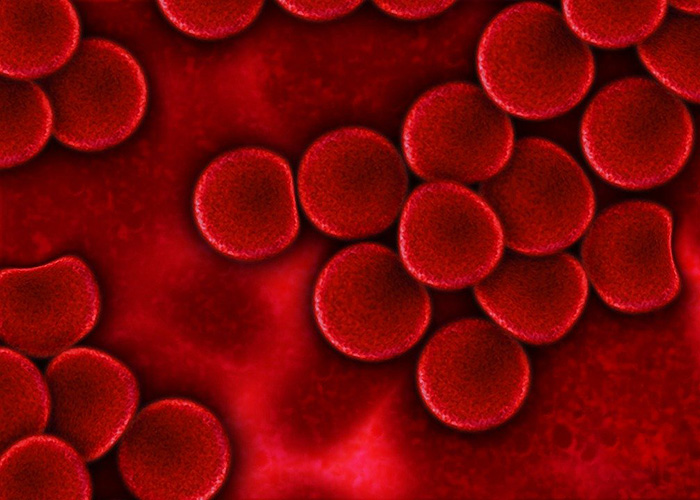
Porphyria Cutanea Tarda (PCT) is a rare disorder that causes affected individuals to develop high sensitivity to sunlight and suffer painful skin blisters and lesions. It may also do damage to your liver, putting you at greater risk for cirrhosis or liver cancer. As a member of the porphyria group of disorders, it stands out as being the most common subtype, and also the one most easily attained through acquisition rather than genetic inheritance. Veterans of the Vietnam Era should be informed of PCT, since Agent Orange exposure is commonly considered to be a risk factor.
PCT, Agent Orange, and Veterans
Veterans must take special note of PCT, because exposure to Agent Orange (more specifically, to the ingredient dioxin) is a commonly recognized risk for developing the disorder. The VA is well aware of the connection, and presumes a direct service connection for veterans who develop symptoms within one year of exposure to Agent Orange and receive a degree of disability high enough to grant a 10% rating. If you meet these qualifications, you are eligible for disability benefits and healthcare treatment. Phlebotomy is the most common method of treatment for PCT. The Health and Medicine Division (HMD) of the National Academy of Sciences, Engineering, and Medicine deduced the connection between Agent Orange and PCT in its 1994 report, ”Veterans and Agent Orange: Health Effects of Herbicides Used in Vietnam.” The HMD backtracked slightly in 1996 upon further review, but the VA continued to treat the connection with the same degree of consideration.
Symptoms of PCT
Common symptoms of PCT include damage to sunlight-exposed skin, beginning with painful redness, peeling, blistering, and lesions, and progressing on to crusting, hardening, or thickening of the skin. Scarring, darkening or fading of affected skin may follow. Excessive, thick hair growth, particularly on the face or exposed skin may occur, too.
Causes of PCT
PCT is caused by a number of factors which, when combined, cause a reduction of the enzyme uroporphyrinogen decarboxylase (UROD) in the liver. Typically, an excess of iron in the liver is responsible for the UROD deficiency and subsequent onset of PCT, but the iron deficiency can be supplemented by, or overridden by a number of issues. Additional risk factors that have been identified include alcohol abuse, smoking, hepatitis C, HIV, estrogen, and as stated above, exposure to Agent Orange and other industrial chemical mixes containing dioxin or hexachlorobenezene.
So what makes the UROD enzyme important in the first place? It’s responsible for metabolizing, or breaking down, enzymes called porphyrins, which if not metabolized, can accumulate in your skin, whereupon they react to exposure to sunlight or certain artificial light and lead to skin damage. Your liver can also be damaged by a buildup of porphyrins, which the liver is normally responsible for extracting from your blood plasma. Symptoms of PCT start to develop once you are below 20% of normal UROD levels, allowing porphyrins to start building up.
Assistance with Claims and Appeals
Like with other disorders linked to Agent Orange exposure, PCT is commonly recognized as a service-connected disability by the VA, though you must be able to prove a 10% rating for your own disability. If you’re having trouble filing your claim, or need to make an appeal for PCT or related conditions caused by exposure to Agent Orange, don’t hesitate to contact VA Disability Group PLLC at 844-VET-LAWS to open a new claim and get you the compensation and medical treatment you need.




Comments are closed